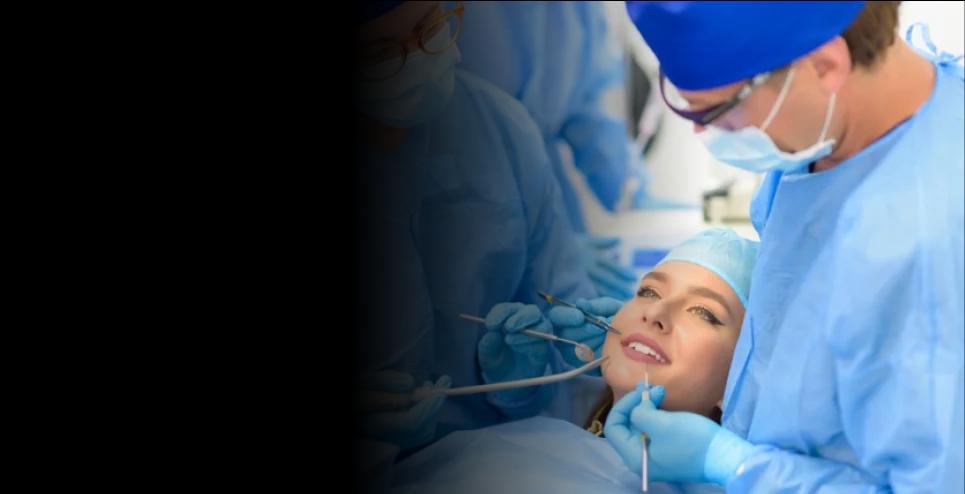Arthroscopic Shoulder Stabilization
at Sterling Hospitals - Vadodara - Race Course Road

at Sterling Hospitals - Vadodara - Race Course Road

How can we help you?
Arthroscopic Shoulder Stabilization
Arthroscopic Shoulder Stabilization is a minimally invasive surgical procedure used to treat shoulder instability, commonly caused by shoulder dislocations or instability due to ligament or labral tears. During the procedure, surgeons use small incisions and a tiny camera (arthroscope) to visualize and repair the damaged structures within the shoulder joint. By stabilizing the shoulder joint and restoring its integrity, this surgery aims to reduce the risk of recurrent dislocations and improve overall shoulder function.
When and why do people go for Arthroscopic Shoulder Stabilization?
People opt for Arthroscopic Shoulder Stabilization when they experience recurrent shoulder dislocations, instability, or persistent shoulder pain that affects their daily activities and quality of life. This procedure is commonly recommended for individuals with traumatic shoulder injuries, athletes engaging in overhead sports, or those with underlying shoulder instability conditions such as multidirectional instability.
What makes Arthroscopic Shoulder Stabilization different from other treatment options?
Arthroscopic Shoulder Stabilization offers several advantages over alternative treatment options for shoulder instability. Unlike conservative approaches that focus on managing symptoms or bracing to limit movement, arthroscopic surgery directly addresses the underlying structural issues within the shoulder joint. By repairing torn ligaments arthroscopically, this procedure aims to restore stability and function to the shoulder, reducing the risk of further dislocations and improving overall joint mechanics. Additionally, arthroscopic techniques minimize surgical trauma, resulting in smaller incisions, less postoperative pain, and faster recovery compared to traditional open surgery.
How does life change after Arthroscopic Shoulder Stabilization?
Life after Arthroscopic Shoulder Stabilization can bring about significant improvements in shoulder stability, function, and overall quality of life. Following surgery and rehabilitation, many patients experience reduced shoulder pain and a decreased risk of recurrent dislocations. With improved shoulder stability, individuals often regain confidence in performing overhead activities, sports, and daily tasks without fear of shoulder instability. While recovery may involve some initial rehabilitation and precautions, many patients find that their shoulder function returns to near-normal levels, allowing them to resume their active lifestyle with greater comfort and confidence.